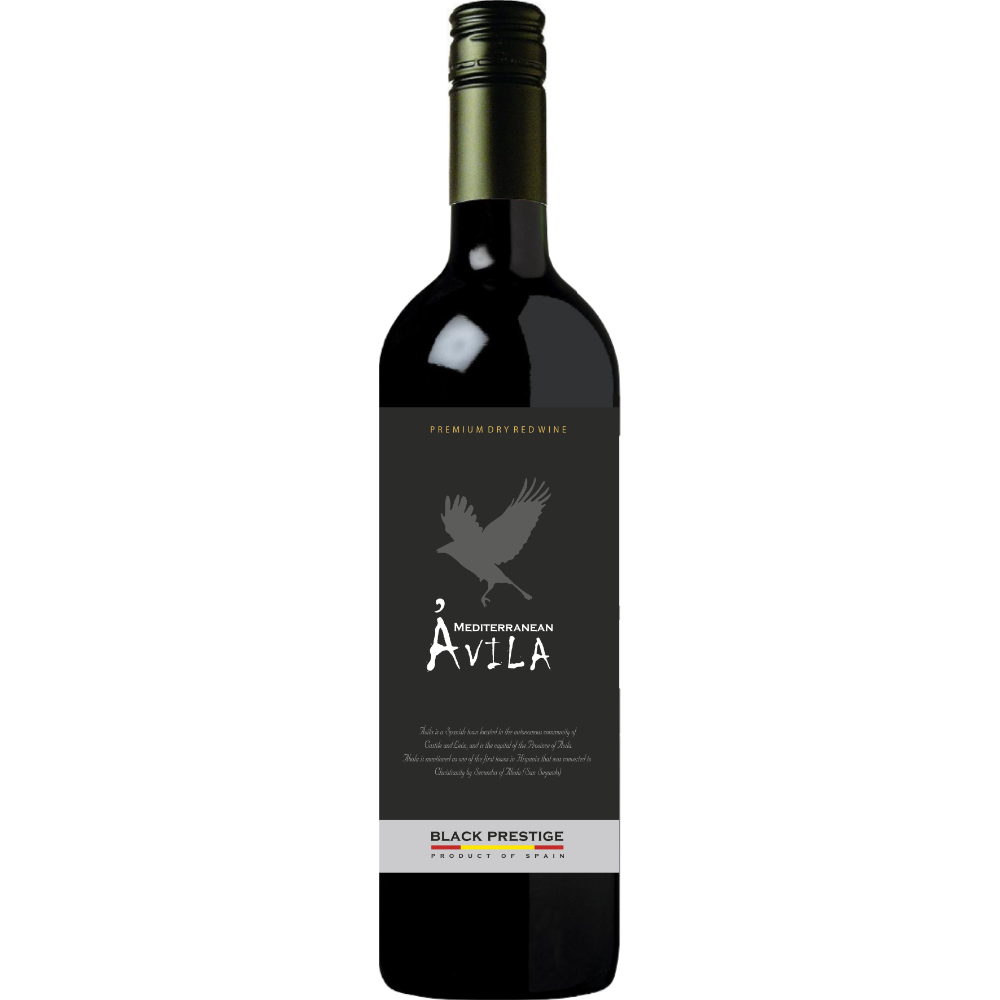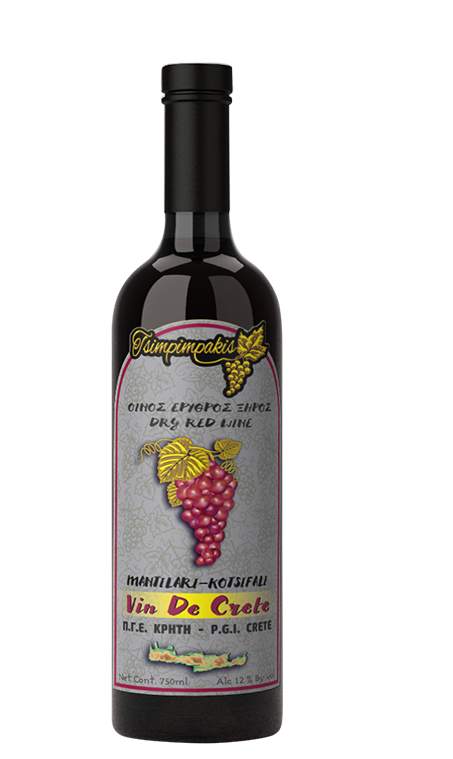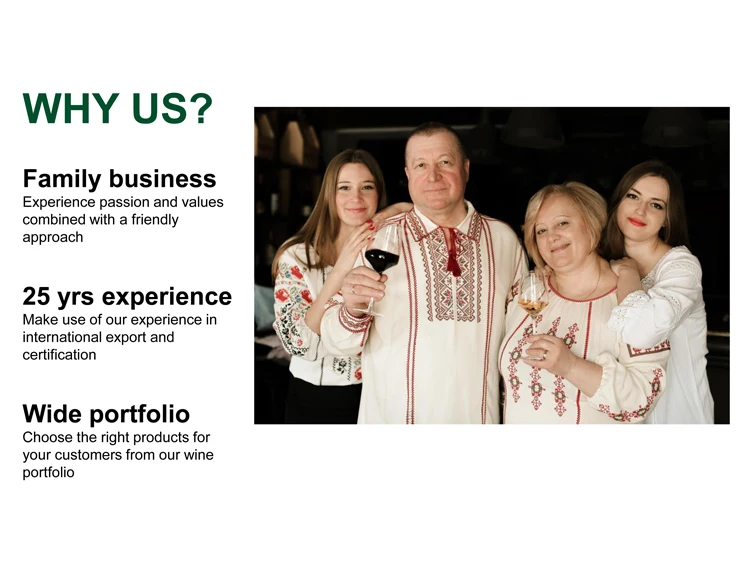
Tempranillo is considered a very dry red wine. While popular favorites Merlot and Pinot Noir are considered dry red wines, they have higher levels of residual sugars than the very dry options. Let’s take a closer look at the drier end of the red wine sweetness chart. Malbec boasts fruity flavors, such as plum, blackberry, and vanilla. This full-bodied red is often produced in warm climates, using highly ripe grapes. Though not considered a sweet wine by any stretch of the imagination, Malbec is high on the red wine sweetness chart. This fruity, Croatian grape produces wines with fruit-forward qualities - think tinned peaches, strawberry, and sweet tobacco. Zinfandel is another sweet red wine option. It’s also high in acidity, meaning the wine’s residual sugars are well balanced. It boasts red fruit flavors, such as strawberry, blackberry, and rhubarb.

Lambrusco is an Italian red wine that is considered semi-sweet. However, if you are on the hunt for a sweeter red wine to enjoy with your main meal, there are plenty that offer a more middle ground, like Lambrusco. These gorgeously sugar-heavy and decadent options - such as ruby Port, tawny Port, and Vin Santo Rosso from Italy - are perfect for those with a sweet tooth. Those in the first category are dessert wines. Using grapes frozen on the vine, resulting in wine that has not had its natural sugars diluted.Fermenting the wine with brandy, which creates the fortified wine Port.Purposefully introducing noble rot to the grapes, a natural process which causes grapes to become sweeter.Adding a sugar wine solution (called a dosage) between fermentations when producing sparkling wine.Selecting “late harvest” grapes, which have been left to ripen on the vine (and in turn become sweeter).Selecting grapes with higher sugar levels.Purposefully halting the fermentation process early, so the yeast cannot convert so many sugars into alcohol.


There are other ways to make a sweeter wine. This means the yeast cannot convert all of the sugar to alcohol, resulting in a wine that’s higher in residual sugar. While the yeast will convert the majority of the grape sugar into alcohol, sometimes the sugar in the grapes is much higher, or winemakers choose to add additional sugar. However, during fermentation, winemakers add yeast, which converts these natural sugars into ethanol, aka alcohol. Residual sugar is a term in the wine world that refers to the amount of sugar present in a bottle of wine, once the wine is finished and ready for consumption.Īs we know grapes have a high sugar content, meaning all wine, no matter how dry, contains some naturally occurring sugars. The answer lies in the wine’s residual sugar. But how can this be when all wine is made by the fermentation of grape juice? While some wine is dry as a bone, other wines taste as sweet as a can of soda.


 0 kommentar(er)
0 kommentar(er)
